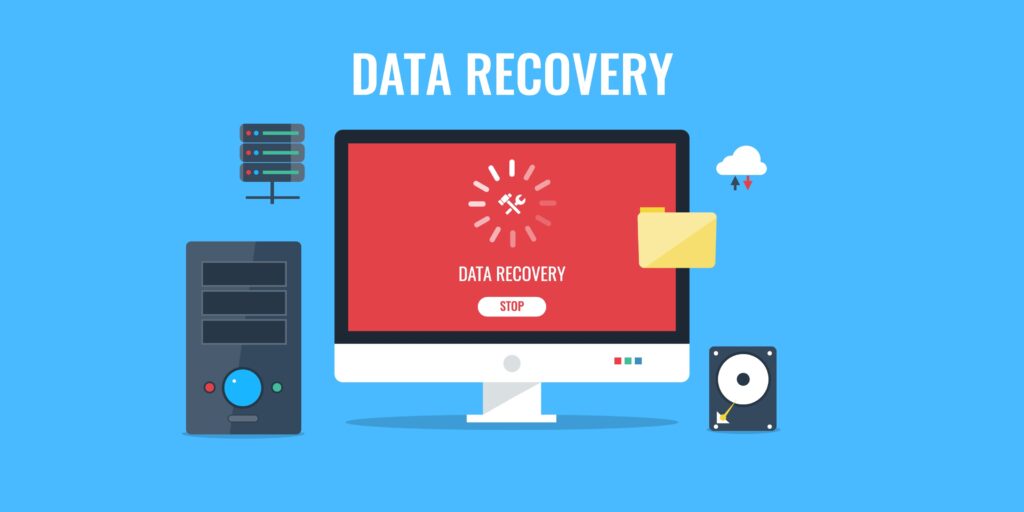Recovering lost data from accidental formatting is a critical aspect of data recovery that deals with restoring files and information that have been inadvertently erased due to the formatting of storage devices. Formatting a device, such as a hard drive, USB stick, or memory card, can occur unintentionally and often results in the immediate loss of access to all data stored on that medium. However, formatting does not necessarily mean the data is permanently gone. In many cases, the formatting process only removes the references to the data in the file system without erasing the actual data itself. This means that the underlying files remain intact on the storage medium until new data overwrites them. Forensic experts and data recovery specialists leverage this fact to recover lost information by employing various recovery techniques and tools designed to locate and restore these orphaned files.

While the potential for data recovery is high, the success of recovering lost data largely depends on the actions taken immediately after the accidental formatting. It is essential to avoid using the formatted device to prevent overwriting the existing data with new information, which would make recovery far more challenging or even impossible. Recovery specialists often use specialized hardware and software tools that can perform a non-destructive analysis of the storage medium, meaning they can inspect and recover data without altering the original state of the drive. Advanced techniques, such as deep sector scans and file carving, allow for the retrieval of files even when standard recovery methods fail. These techniques focus on recognizing data patterns and reconstructing file fragments, which is particularly useful when dealing with fragmented or partially overwritten data.
The implications of successful data recovery from accidental formatting are significant, especially in scenarios involving critical personal or business data. For businesses, recovering data can mean the difference between minimal disruption and catastrophic loss, particularly when important documents, financial records, or project files are involved. On a personal level, the ability to recover cherished photos, videos, and personal records can alleviate the distress caused by unintentional data loss. However, it is important to approach data recovery with care, as attempting to use unverified or poorly designed recovery tools can cause further damage to the data, reducing the chances of successful retrieval. The Data Recovery Guide are often the best course of action, as they have the expertise and technology to handle complex cases, ensuring that as much data as possible is recovered safely and efficiently. The field of data recovery continues to evolve, with ongoing advancements aimed at improving the success rates and expanding the capabilities of recovery techniques, making it an invaluable resource for those facing the consequences of accidental formatting.